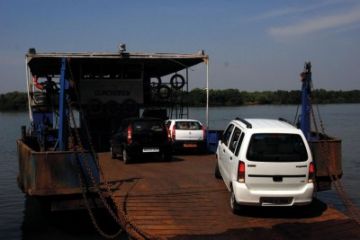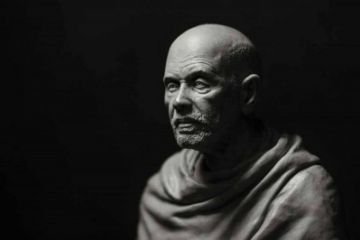
Guangzhou in China has deep, if uncomfortable, ties with India. In the 18th and early 19th centuries, it was through this city (and the province then known as Canton) that opium was funnelled into China by the British from Bombay. The East India Company sent the opium to its warehouses in the free trade region of Canton, from where Chinese smugglers would take it to mainland China.The trade created nearly 12 million addicts and resulted in two Opium Wars in the 19th century.The fumes of opium





